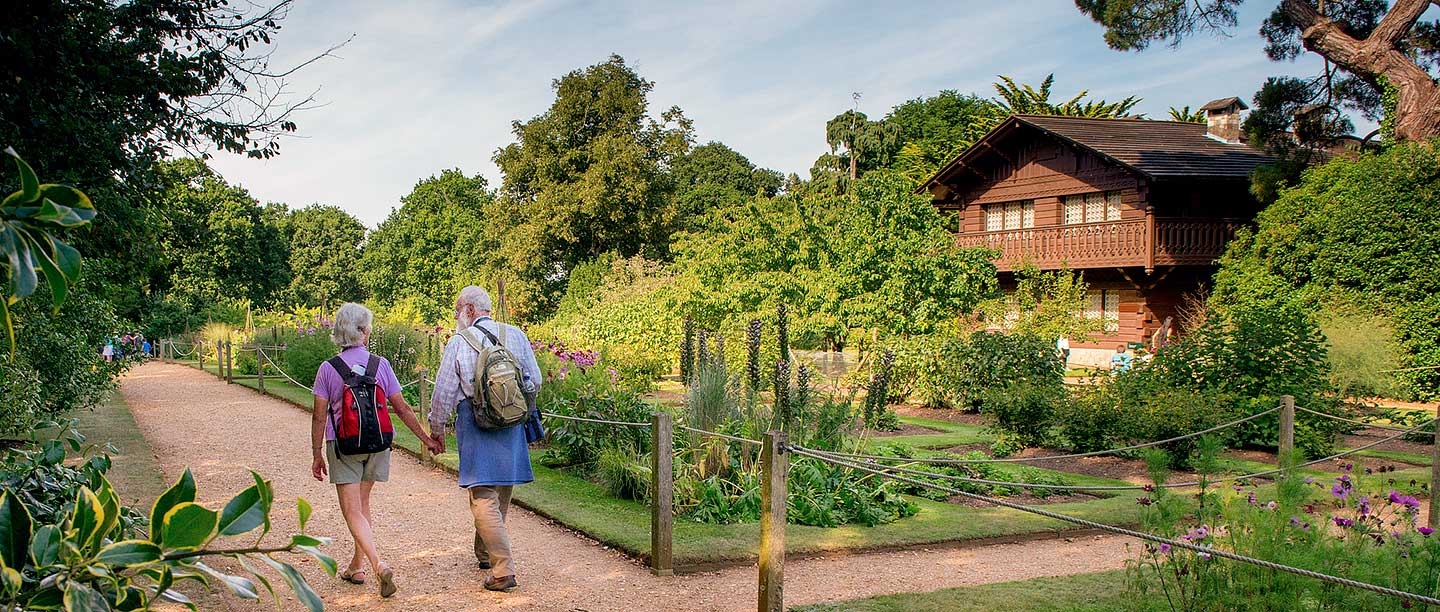A world in miniature
Prince Albert built the Swiss Cottage between 1853 and 1854 for his nine young children. The older boys, Bertie and Alfred, played an active part in laying its foundations. Queen Victoria wrote in her journal that Alfred ‘worked as hard and steadily as a regular labourer’ and Albert paid him at the same rate.
Alpine-style chalets like this were popular in the early 19th century, but were usually built to enhance a garden’s picturesque qualities – they were placed where they could be a focal point, or themselves offered attractive views. But the Swiss Cottage at Osborne had an altogether different purpose. Hidden behind a belt of trees, it was instead built to provide a private space for the royal children to learn about the world around them, and to play at being adults and learn housekeeping, cookery, and gardening.
This was the centre of the royal children’s world when they stayed at Osborne. They grew fruit and vegetables in the gardens around the cottage, played on the miniature fort just outside it, and collected natural curiosities to display in a museum originally housed in the cottage.
Playing house
Today, it’s perhaps the kitchen and sitting room that give the clearest sense of how the children used the Swiss Cottage. These rooms contain a full set of the cooking equipment that you would have found in a small mid 19th-century house – but with one key difference. Everything here is built at three-quarter scale, specifically for the children’s use. Here they learned to bake, and prepared teas and luncheons for their parents and guests, making pies, tarts, pastries, scones and cakes.
They also ran a toy grocer’s shop stocked with basics and exotic spices.
Try some Victorian recipesA secret dairy
One aspect of the children’s culinary activities only recently came to light, when English Heritage researchers, looking at plans from the 1850s, noticed that they showed a doorway from the kitchen sitting room to a small room beyond. Apparently no trace of this doorway remained at the Swiss Cottage, but investigators soon revealed that it had been blocked and plastered over. Once it was reopened, the room beyond it was rediscovered, and was found to have tiling that matched the kitchen.
Researchers had previously found obscure references to the royal children using a dairy at the Swiss Cottage. It looks as though this little room – with its tiled interior, stone floor and drainage system – was where the royal children learned to make butter, cream and cheese.
Now visitors to the Swiss Cottage can see the dairy for the first time in over 100 years.
In the garden
In the Swiss Cottage garden, each child had their own garden plot where they tended fruit, vegetables and flowers using miniature tools and their own monogrammed wheelbarrows. The produce was assessed by the under-gardener, Mr Warne. If it was good enough, Albert would pay market rate to the child who had grown it.
In 1856, Bertie and Affie built ‘a little fort’ in the garden as a surprise for Victoria’s birthday and four years later, Affie and Arthur added a miniature barracks complete with drawbridge. The princes enjoyed acting out battles here.
Collecting
The children were avid collectors too. They quickly filled up a room in the cottage with natural history specimens, fossils, antiquities and items from around the world. This was soon so crammed full that a new separate museum, also in the Swiss chalet style, was built nearby. It was handed over to the children by Queen Victoria soon after Albert’s death in January 1863.
The museum still remains with its contents of thousands of objects, including the first transatlantic telegraph message and a five-legged deer.
Explore the collection at OsborneWhat can we do there today?
Today there are still plenty of fun things to do at the little cottage in the woods. Head inside and go back in time to 1861 and see preparations for tea.
Outside, explore the children's garden plots and run around in the outdoor play area. And don’t forget to visit the museum in the gardens, where you’ll see hundreds of jaw-dropping objects and specimens.
After exploring, take a walk to the beach along the Rhododendron Walk – and look out for the carved wooden animals and birds along the way.
The 2014 enhancement of the Swiss Cottage was made possible thanks to the funding of several sponsors, including the Heritage Lottery Fund and the Garfield Weston Foundation.
find out more
-
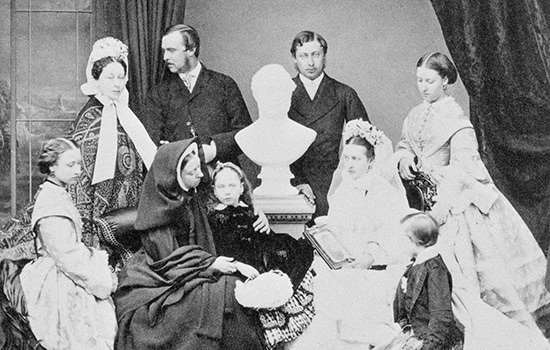
Queen Victoria’s Children
Prince Albert and Queen Victoria had nine children, five girls and four boys, over 17 years. Find out more about their personalities and interests.
-
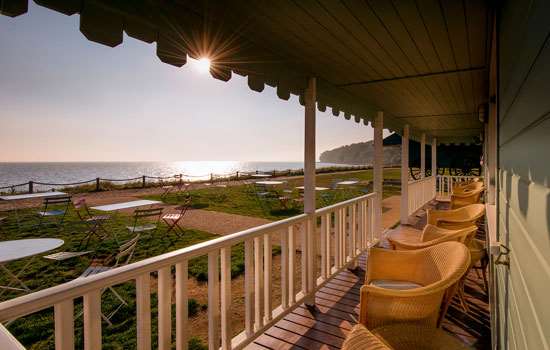
Queen Victoria’s beach
Discove the beach where the royal children learned to swim, and enjoy the same magnificent views across the Solent.
-
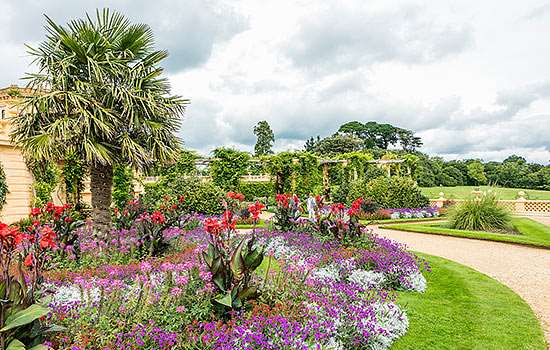
Seasonal Garden Highlights
At Osborne Victoria and Albert took walks together, grew vegetables with their children, and planted hundreds of trees. Take a journey through a year of seasonal garden highlights at Osborne.
-
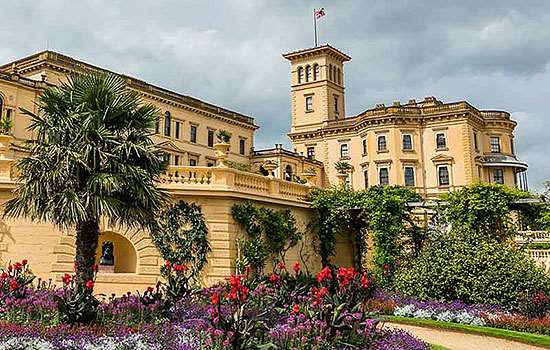
Plan your visit to Osborne
Join us at Osborne where we’re celebrating the 200th anniversary of Victoria and Albert’s births with special events, an exhibition and a birthday trail.

